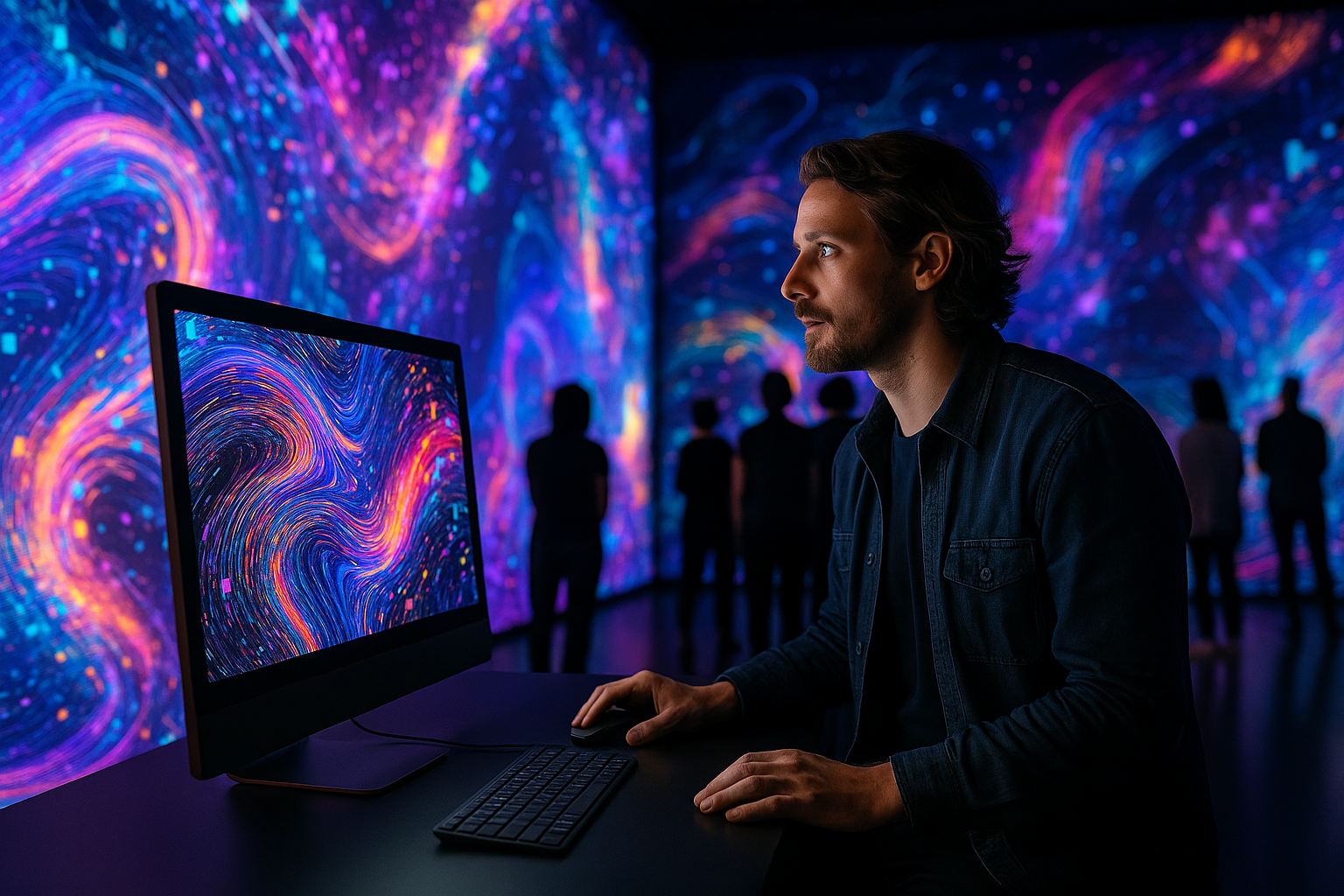Planning collaborative cross-disciplinary exhibitions: logistics and timelines
Planning a collaborative, cross-disciplinary exhibition requires aligning curatorial aims, technical needs, and community partners well before opening day. Clear timelines, shared responsibilities, and practical logistics—including accessibility, ticketing, and hybrid formats—help teams deliver cohesive experiences that engage diverse audiences.

This article breaks down planning stages, operational considerations, and audience-focused elements for exhibitions across galleries and museums.
Curation and cocreation strategies
Curation for cross-disciplinary shows starts with a shared brief that defines objectives, partner roles, and desired outcomes. Cocreation invites artists, engineers, educators, and community stakeholders into planning rounds so that content reflects multiple perspectives. Establish milestone meetings—concept approval, prototype review, and final selection—so curators and collaborators can test ideas early. Build a content map linking artworks, labels, and interpretive media to spatial zones; this supports consistent storytelling across physical and virtual layers while preserving curatorial integrity and provenance documentation.
Accessibility and wayfinding considerations
Accessibility planning must be integrated from day one. Evaluate physical access routes, seating, tactile options, captioning for multimedia, and sensory-friendly timings to ensure equitable participation. Wayfinding signage and digital navigation (e.g., floor plans on mobile or kiosks) reduce confusion in multi-partner sites such as popup venues or shared gallery spaces. Budget time for accessibility audits and incorporate visitor-testing phases where people with diverse needs can provide feedback on routes, text size, and the readability of exhibition labels.
Designing immersive multimedia and soundscapes
Immersive elements often depend on tight coordination between artists, AV technicians, and venue engineers. Define technical specifications early: projector lumen requirements, network bandwidth for streaming, sound isolation for soundscapes, and power distribution for interactive installations. Schedule technical rehearsals and dry runs at least two to three weeks before opening to troubleshoot latency, projection mapping alignment, and compatibility between devices. Include contingency plans for equipment failure and document file formats and backups for multimedia assets.
Lighting, layout, and popup logistics
Lighting design affects both conservation needs and the visitor experience; collaborate with lighting designers to balance exhibition mood with material safety. Layout decisions—sightlines, visitor flow, and modular walls—should be sketched into the project timeline alongside shipping and installation windows. For popup exhibitions, confirm local services and permits in your area early, and allocate time for site-specific adaptations. Inventory management, crate logistics, and insurance paperwork commonly add two to four weeks to installation schedules for loans between galleries and museums.
Audience engagement, community, and metrics
Define audience engagement goals and metrics during project inception. Will the exhibition emphasize local community participation, education programs, or social media reach? Design programming—talks, workshops, guided tours—that ties directly to curatorial themes and community partners. Establish evaluation tools such as exit surveys, observation checklists, and digital analytics for virtual components. Regular reporting milestones allow the team to adjust outreach efforts, ensuring accessibility and inclusivity while tracking attendance, dwell time, and qualitative feedback.
Virtual, hybrid formats, ticketing, and sustainability
Hybrid and virtual models extend access but require additional project phases: web development, 3D capture, and multilingual content creation. Allocate time for user testing of virtual tours and ensure streaming stability for live events. Ticketing logistics influence visitor flow and staffing; decide whether timed-entry, free admission, or paid tickets best match audience and revenue needs, and integrate ticketing with capacity controls for immersive zones. Sustainability considerations—materials sourcing, recycling plans, and energy use for AV—should be part of procurement and technical planning to limit environmental impact.
Conclusion
A robust timeline for collaborative, cross-disciplinary exhibitions blends curatorial vision with operational detail: set clear milestones for cocreation, prioritize accessibility and wayfinding, and coordinate technical rehearsals for immersive multimedia and soundscapes. Address lighting and popup logistics early, define audience engagement metrics, and plan for virtual or hybrid extensions alongside responsible ticketing and sustainability measures. With deliberate scheduling and transparent communication among galleries, museums, artists, and community partners, multidisciplinary projects can achieve cohesive, inclusive, and resilient experiences.





